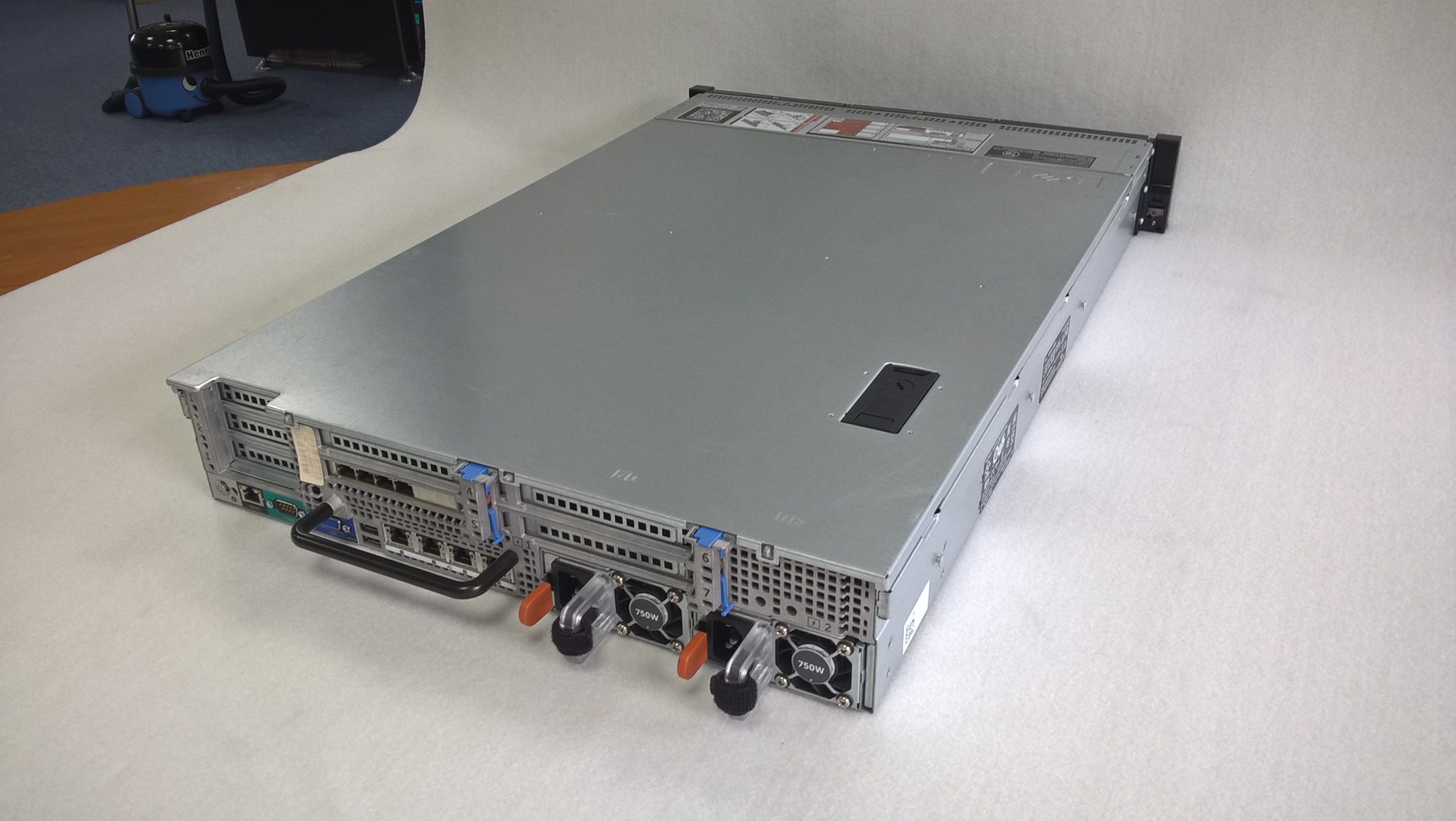Encountering the Blue Screen of Death: Should You Be Worried?
Recently, I embarked on an exciting journey—building my very first PC. However, amidst the thrill of creating my dream machine, I encountered a rather ominous issue known as the Blue Screen of Death (BSOD).
For context, I started noticing this unsettling error at around 9 PM, and it has left me both puzzled and concerned. Upon reviewing the logs from the incident, I’m eager to share my experience and seek advice.
A BSOD can indicate a variety of problems, ranging from hardware faults to software conflicts. My logs revealed some alarming details, sparking a whirlwind of questions about the health of my new setup.
So, if you’re also navigating the challenges of PC building and find yourself facing a similar situation, hold tight. It may be time to do some troubleshooting or consult experts in the community.
I’ll keep you all posted on my findings as I delve deeper into understanding what caused this unexpected setback. If anyone has insights or suggestions based on their experiences, I’d love to hear them!
Share this content:

Understanding and Troubleshooting the Blue Screen of Death (BSOD)
Hi there,
Experiencing a Blue Screen of Death can certainly be concerning, but often it can be resolved with systematic troubleshooting. Here are some steps to help diagnose and potentially fix the issue: